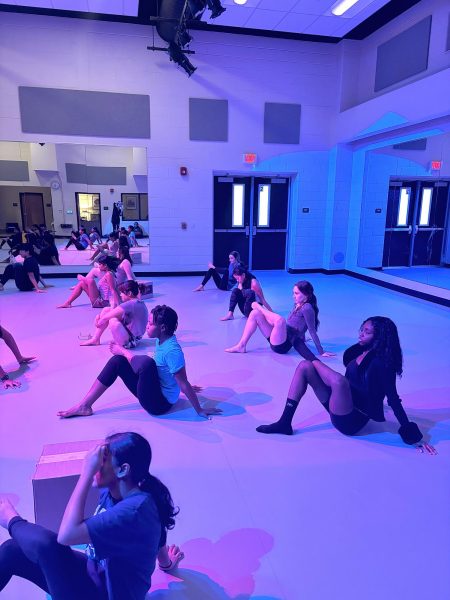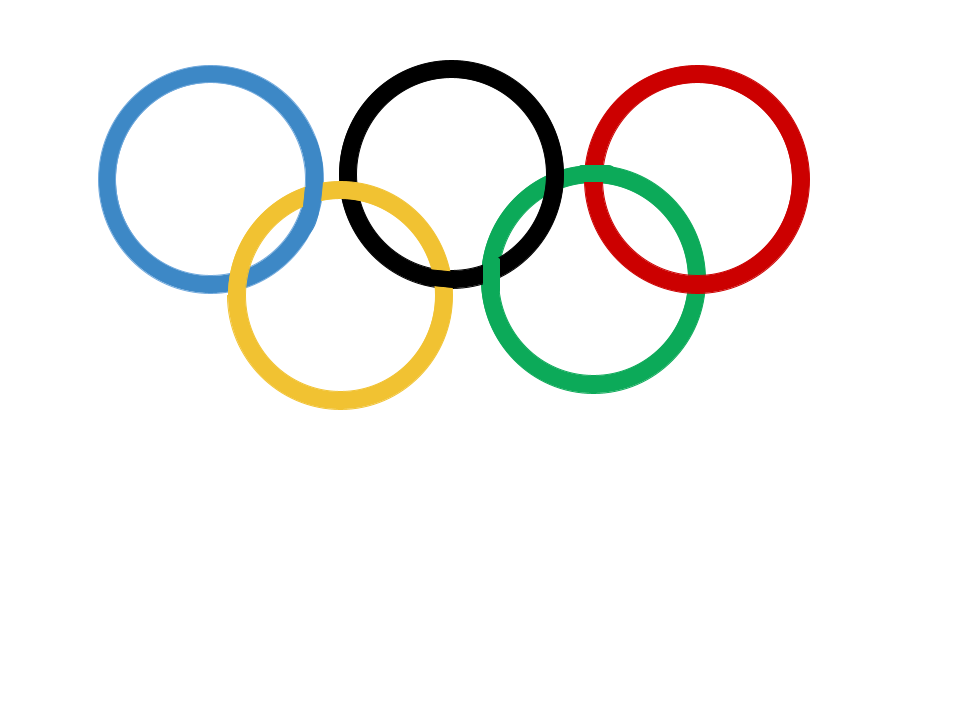Is dance a sport? The question arose as I was sitting in journalism class one afternoon and at first it seemed insignificant. Another journalist challenged me saying it was important and we decided to open the debate up to the class. Suddenly, chaos ensued and non-dancers and dancers alike argued, their voices rising as they became more passionate about the topic. The question that I found so inconsequential turned out to have some consequence after all.
During dance, the body becomes an instrument translating feelings into athletic, powerful
motions. There are hundreds of dance styles, each with its unique technique, style, and charm. Dancers move gracefully or rigidly, with remarkable athleticism and expression. Dance uses complex movements
molded seamlessly with music to convey different emotions.
The emotion inherent in dance also sparks a worldwide debate on whether dance is even a sport. As South added a new dance studio and class in 2022, dance students and non-dance students have started to question the integrity of dance as a sport. While acknowledging dance as a sport could undermine its artistic component, I think that ultimately, dance can be both a sport and an art.
The Olympic committee declared breakdancing as an Olympic sport. Dance battles will be seen in this new 2024 Olympic sport, where dancers will improvise and be judged on “creativity, personality, technique, variety, performativity, and musicality,” according to the Olympics website. By adding breakdancing to its list, the international body of sports has reinforced the idea that dance is a sport by definition.
According to the Cambridge dictionary, the definition of a sport is “a game, competition, or activity needing physical effort and skill that is played or done according to rules, for enjoyment and/or as a job.” Dance follows this definition by being competitive. “Dance can be a sport; it can be competitive,” says Maggie Li (’24), a recreational dancer. Many dancers will compete and win awards, just like other sports.
Chioma Pale (’24), a co-captain of the dance crew, says, “In dance, you can compete individually or as a dance crew.” As a dance team, many dancers compete in styles like ballet, hip hop, tap, jazz and more. Dancers can even couple up and compete in styles such as ballroom dancing! Dance battles done in breakdancing are examples of competing individually.
While breakdancing has been accepted as an Olympic sport, few will still deny dance as a sport because of its lack of inherent competition. “When I think of dance, I think about shows and exhibitions,” says Aryan Ahuja (’26). He adds, “Just because dance can be a competition does not mean that the main purpose of it is to compete.”
While dance is not usually considered competitive, there can be competitive aspects to it. Some sports that are widely considered sports are not inherently competitive, for example, gymnastics, artistic swimming and figure skating. These are all sports that are blends of dance and another sport. Most would agree that dance is at the same level of competition as these sports and aligns with the definition of sport.
By the definition of a sport, dance must have rules so it can be scored. Dance does not have as standardized scoring as other team sports yet, there are many objective qualities to how dance is scored. “As someone who teaches dance, I always look for if the dancer’s moves are sharp, how much passion they have, and if everything is synchronized,” Li says.
Pale adds on saying, “In dance battles, there’s no choreography you have to do. It’s your own creativity, but you still have to follow rules.”
“Dance also requires many qualities that not everyone has, like strength, flexibility and en-
durance,” Pale says. Offering a personal perspective she says, “I do contemporary dance, that’s
12 hours of practice per week.” While dance is more physically demanding than some sports, it is still denied as a sport.
So why is there still resistance to considering dance as a sport? Yash Mittal (’26) says, “I think the overwhelming majority has to consider something as a sport, for it to be a sport.” He notes that currently, the majority does not think dance is a sport, but maybe we can work towards it.
Dance is on the rise and growing quickly, but the debate on whether or not it is a sport is ongoing and becoming more relevant. Regardless or not of its status as a sport, it can’t be denied that dance has the power to move and captivate.







